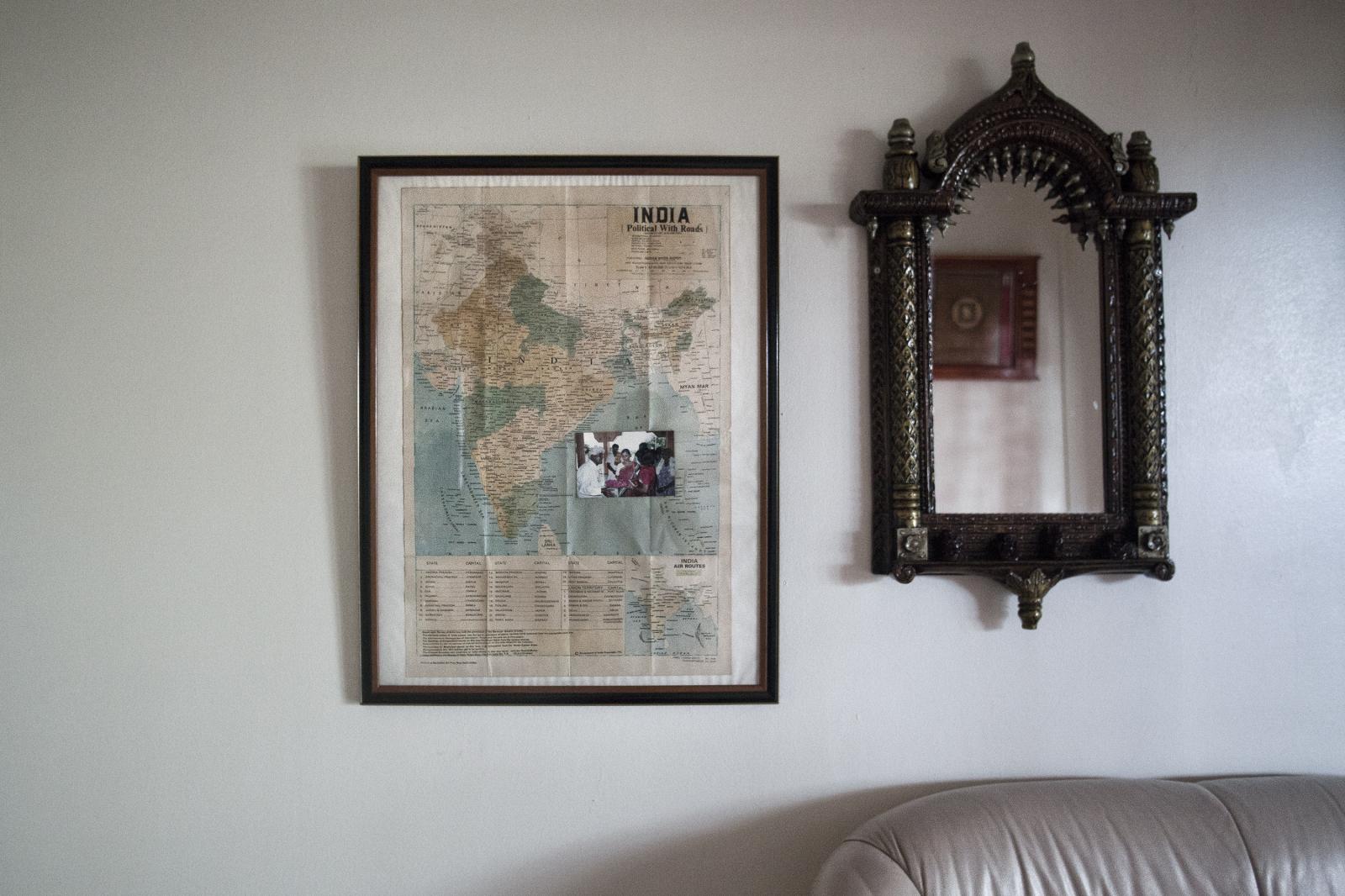Public Story
• De l'Inde à La Réunion, de l'Engagisme à la liberté (Ile de La Réunion)
Au 19e siècle, l’économie de La Réunion repose essentiellement sur le commerce du café, mais surtout de la canne à sucre. Ces cultures nécessitent une main d’œuvre importante recrutée par les riches propriétaires des terres dans le cadre de l’esclavage puis dans celui de l’engagisme.
L’abolition officielle de l’esclavage à la Réunion a eu lieu le 20 décembre 1848 et laisse place à l’engagisme. L’engagé signe un contrat d’engagement (contrat de travail) envers un engagiste le liant pour une durée de 5 ans. Il doit doncpercevoir un salaire, garde sa liberté de culte et bénéficie de la possibilité de rentrer dans son pays d’origine à la fin de son contrat. Mais, pour la majorité des engagés, la réalité fut toute autre. Les engagés, tout comme les esclaves, sont achetés sur des marchés et leurs conditions de travail sont équivalentes à celles des asservis.
Entre 1860 et 1936, La Réunion accueille plusieurs dizaines de milliers de personnes (des engagés) venues de pays divers, en majorité de l’Inde, mais aussi de Madagascar, des Comores, du Mozambique, de Chine et d’Europe.
Il faudra attendre le milieu du 20e siècle, pour que l’immigration libre et spontanée commence à remplacer l’engagisme. Durant cette période de l’engagisme, plus de 120 000 Indiens sont «importés» de la Côte Est de la péninsule. Ces femmes et ces hommes vont être à la base de la composante indienne des Indo-Réunionnais. Aujourd’hui, après trois ou quatre générations, que sont-ils devenus? Comment se sont-ils construits sur ce petit bout de terre de l’océan indien? Le fils d’engagé a t-il pu se reconstruire une identité, gravir l’échelle sociale et accéder à sa liberté?
In the 19th century, the economy of Reunion Island was essentially based on the coffee trade, but above all on sugar cane. These crops required a large workforce recruited by the wealthy landowners within the framework of slavery and then of indentured labour.
The official abolition of slavery in Reunion Island took place on 20 December 1848 and gave way to "engagisme". The "engagé" signs a contract of engagement (work contract) with an "engagiste" binding him for a period of 5 years. He must therefore receive a salary, keep his freedom of worship and have the possibility of returning to his country of origin at the end of his contract. However, for the majority of indentured servants, the reality was quite different. The indentured labourers, like the slaves, were bought on the markets and their working conditions were equivalent to those of the slaves.
Between 1860 and 1936, Reunion Island received several tens of thousands of people (engagés) from various countries, mainly from India, but also from Madagascar, the Comoros, Mozambique, China and Europe.
It was not until the middle of the 20th century that free and spontaneous immigration began to replace engagism. During this period of indentured labour, more than 120,000 Indians were "imported" from the East Coast of the peninsula. These men and women were to form the basis of the Indian component of the Indo-Reunion people. Today, after three or four generations, what has become of them? How did they build themselves on this small piece of land in the Indian Ocean? Has the son of an indentured servant been able to rebuild his identity, climb the social ladder and achieve his freedom?
The official abolition of slavery in Reunion Island took place on 20 December 1848 and gave way to "engagisme". The "engagé" signs a contract of engagement (work contract) with an "engagiste" binding him for a period of 5 years. He must therefore receive a salary, keep his freedom of worship and have the possibility of returning to his country of origin at the end of his contract. However, for the majority of indentured servants, the reality was quite different. The indentured labourers, like the slaves, were bought on the markets and their working conditions were equivalent to those of the slaves.
Between 1860 and 1936, Reunion Island received several tens of thousands of people (engagés) from various countries, mainly from India, but also from Madagascar, the Comoros, Mozambique, China and Europe.
It was not until the middle of the 20th century that free and spontaneous immigration began to replace engagism. During this period of indentured labour, more than 120,000 Indians were "imported" from the East Coast of the peninsula. These men and women were to form the basis of the Indian component of the Indo-Reunion people. Today, after three or four generations, what has become of them? How did they build themselves on this small piece of land in the Indian Ocean? Has the son of an indentured servant been able to rebuild his identity, climb the social ladder and achieve his freedom?

































